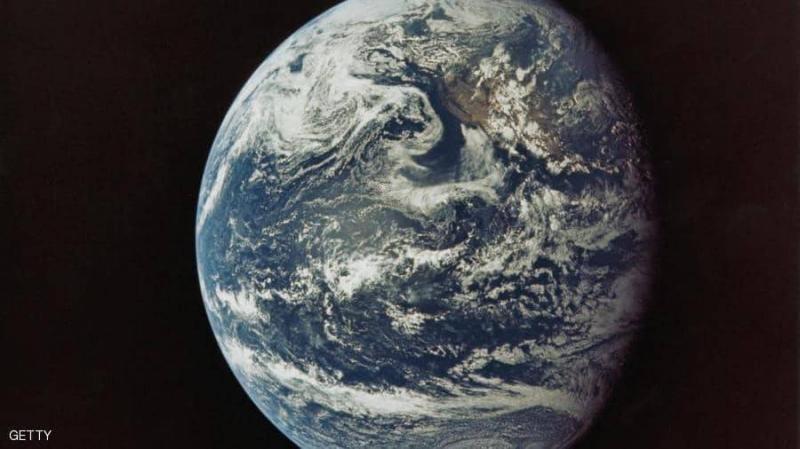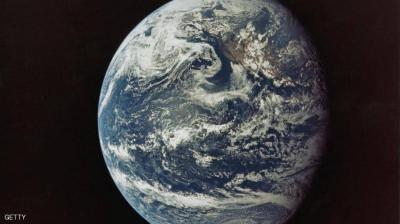For a long time, it has been believed that the Earth's core is a solid ball of iron, surrounded by a liquid ocean; however, it appears that the reality is different, and possibly more complex than we imagined. According to the British newspaper "Daily Star," seismologists from the United States and Japan recently pointed out the existence of several layers of solid and liquid metals. The researchers indicated that some metals exist in the middle between the two; that is, between the solid and liquid metal layers.
No human or machine can access this depth within the Earth, but researcher Ruth Butler from the University of Hawaii and his colleague Seiji Tsuboi from the Japan Institute of Earth Science and Technology studied how "shear waves" generated by earthquakes travel. The American researcher explained that earthquakes occurring on Earth allow scientists to study what exists beneath the surface and the interactions happening there.
In a press statement, the researcher spoke about the presence of successive layers of solid and liquid metals, or iron materials closer to viscosity, within the top 240 kilometers of the Earth's core. He added that the recent study shed light on the composition and evolution of the Earth, as well as its thermal history. The Earth's core is a driver of the magnetic field that protects our planet from turning into a radiant desert like Mars.
The American academic stated that understanding these boundaries within the Earth could help in developing predictive models concerning the magnetic field, thereby protecting life on our planet. Commenting on this discovery, seismology expert Jessica Irvin from the University of Bristol said, "We are discovering a new hidden world in the Earth's core."




